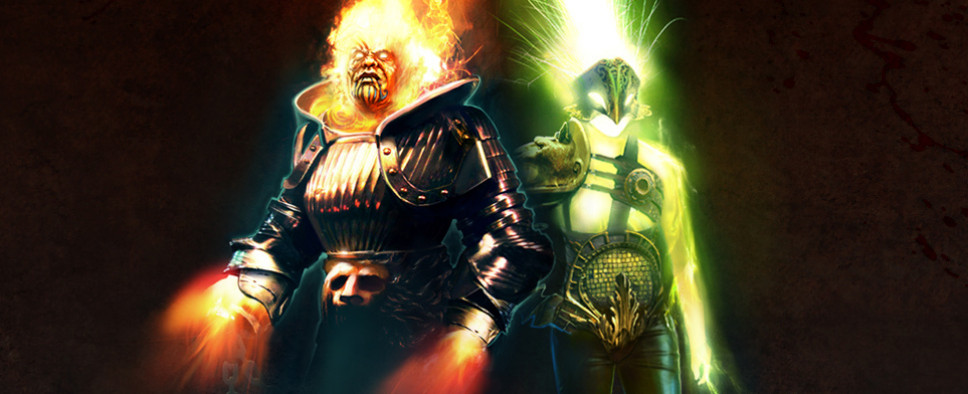Path of Exile Damage Over Time Changes in 3.0.0
-
Category: News ArchiveHits: 2122

More DoTs, as the man in the infamous World of Warcraft video said. Grinding Gear Games seem to have taken these words to heart, and dedicated three lengthy posts on their official forums to talking about the changes to damage over time effects in the upcoming The Fall of Oriath expansion for Path of Exile. The first part outlines the general idea. The second one describes how these changes will affect particular effects and abilities. And the third answers a number of questions they've got after publishing parts 1 and 2.
I'll try to summarize the general idea and you can go from there:
We've decided to make some changes to this system for a few reasons. Firstly, builds that didn't use Poison or Ignite required significantly more investment to reach the same damage values, and we'd like to level the playing field to bring more builds to a closer power level and progression. Secondly, when balancing the power of items and modifiers, we always had to take the potential for double dipping into account. We had to reduce the power of core passives and common items that are effective for Ignite and Poison builds to the point where they're not worth the investment for other builds. Lastly, Ignite and Poison had to be reduced in power so they were at a desired damage level after heavy investment in effects that "double dipped", making them virtually worthless for builds that didn't take advantage of these systems, creating another trap for players to fall into if they weren't aware of the minutia of the game mechanics.
In the Beta for The Fall of Oriath, we're going to be trying out a new damage over time system. Skills will calculate their Ignite, Poison or Bleed values as a separate damage value, taken straight from the base and added damage of the skill. This will give skills that deal fire damage a minimum and maximum Ignite Damage per Second value that will be rolled on Ignites that the skill causes. Poison, Bleed and Ignite damage values will be based on the base damage of the skill, and then affected by appropriate damage modifiers. Some damage modifiers will affect both the hit and the Ignite, Poison or Bleed, while some may only affect one.
As an example, Ignite can be modified by modifiers to Burning Damage, Fire Damage, Damage Over Time, general damage modifiers, and resistances. This means that Increased Spell, Attack, or Weapon Damage will no longer influence your Ignite, Poison or Bleed damage at all. It also means that while modifiers to Fire Damage will still apply both to a hit and to the Ignite it causes, since the Ignite’s base damage is the same as the hit’s, rather than being the damage the enemy took from the hit, there is no cumulative effect - the modifier applying to the hit has no effect at all on the Ignite - the two are entirely separate.
To compensate for the loss of damage from the removal of "double dipping", the damage of player Ignites, Poisons, and Bleeding have been doubled. Increases to these effects on the passive tree have been boosted as well, and additional Poison and Bleeding bonuses have been added to some weapon clusters, on top of their existing stats.
Bleeding is also being changed for players so that it does more damage while the target is stationary, making it a more versatile source of damage. Previously it dealt only one sixth its damage while the target was stationary, but will now deal half damage instead. The ratio will remain unchanged for Bleeding caused by monsters, so you will still be able to stand still to mitigate the majority of monster Bleeding damage, but monsters you inflict Bleeding on won't be so lucky.

